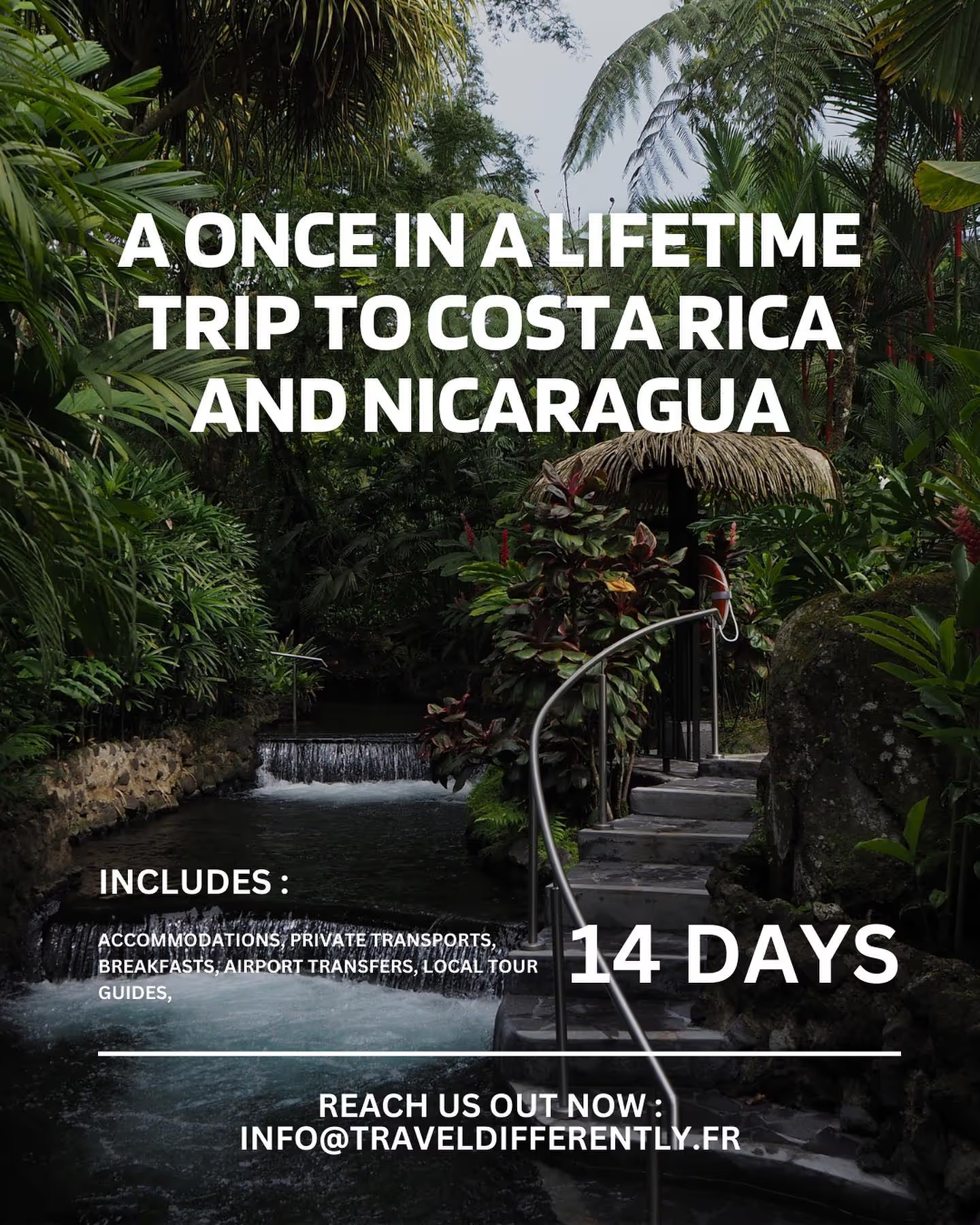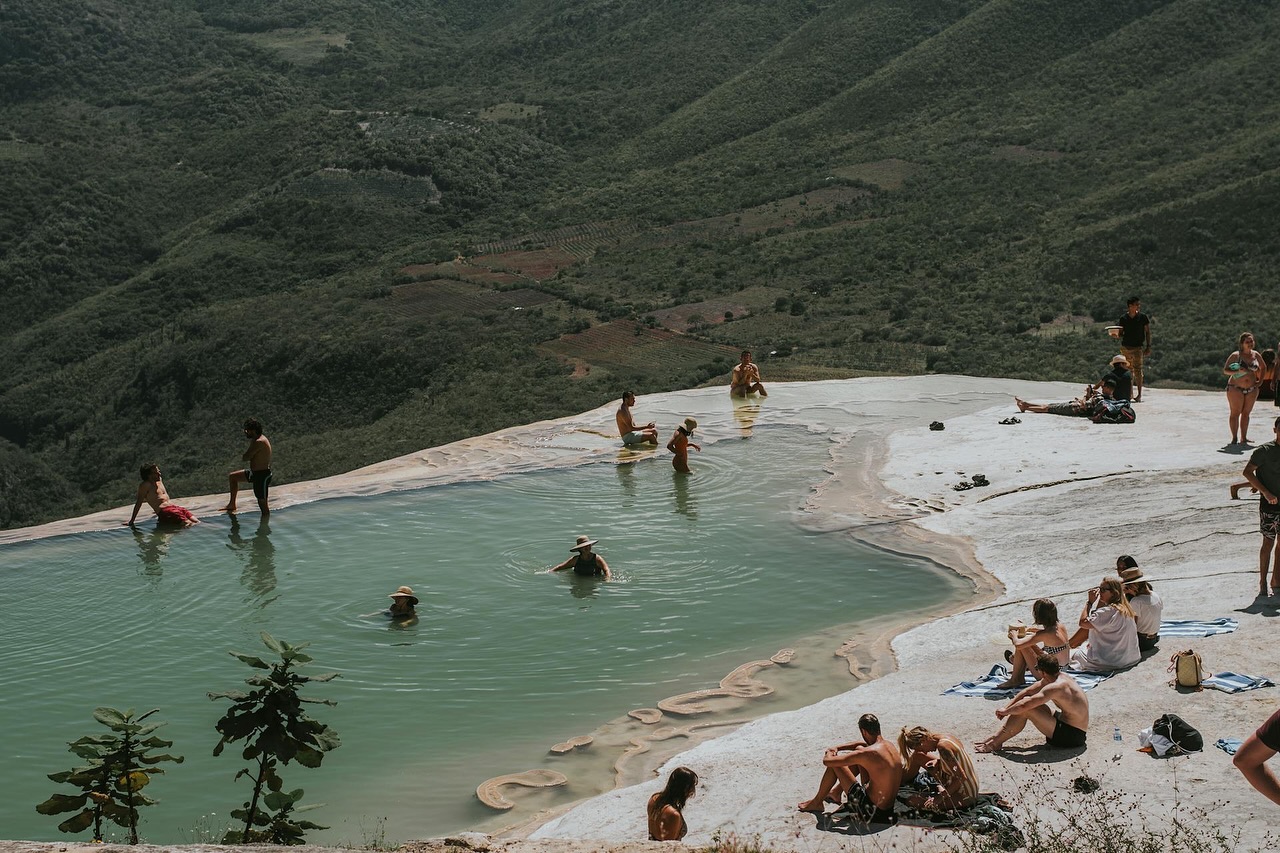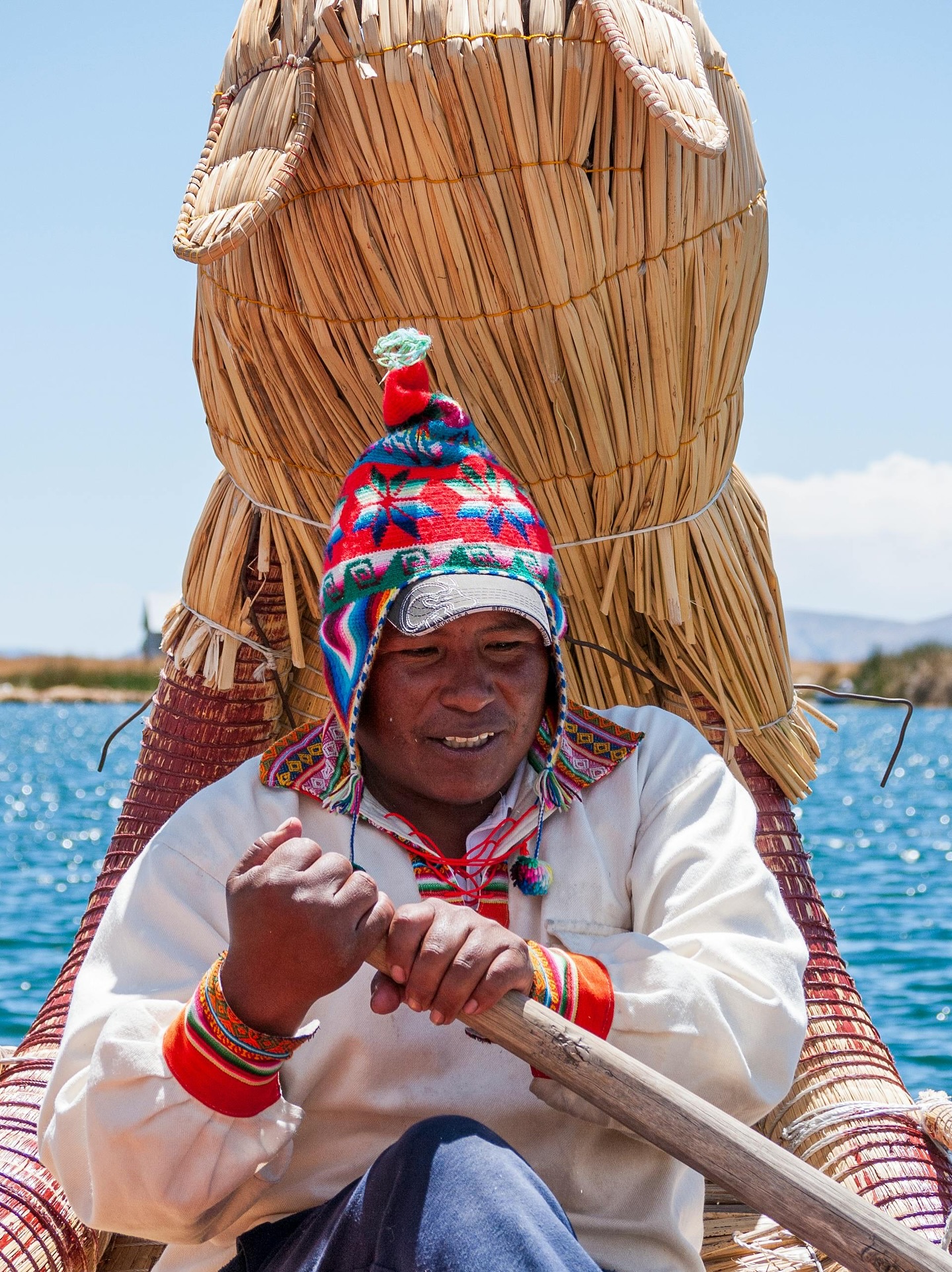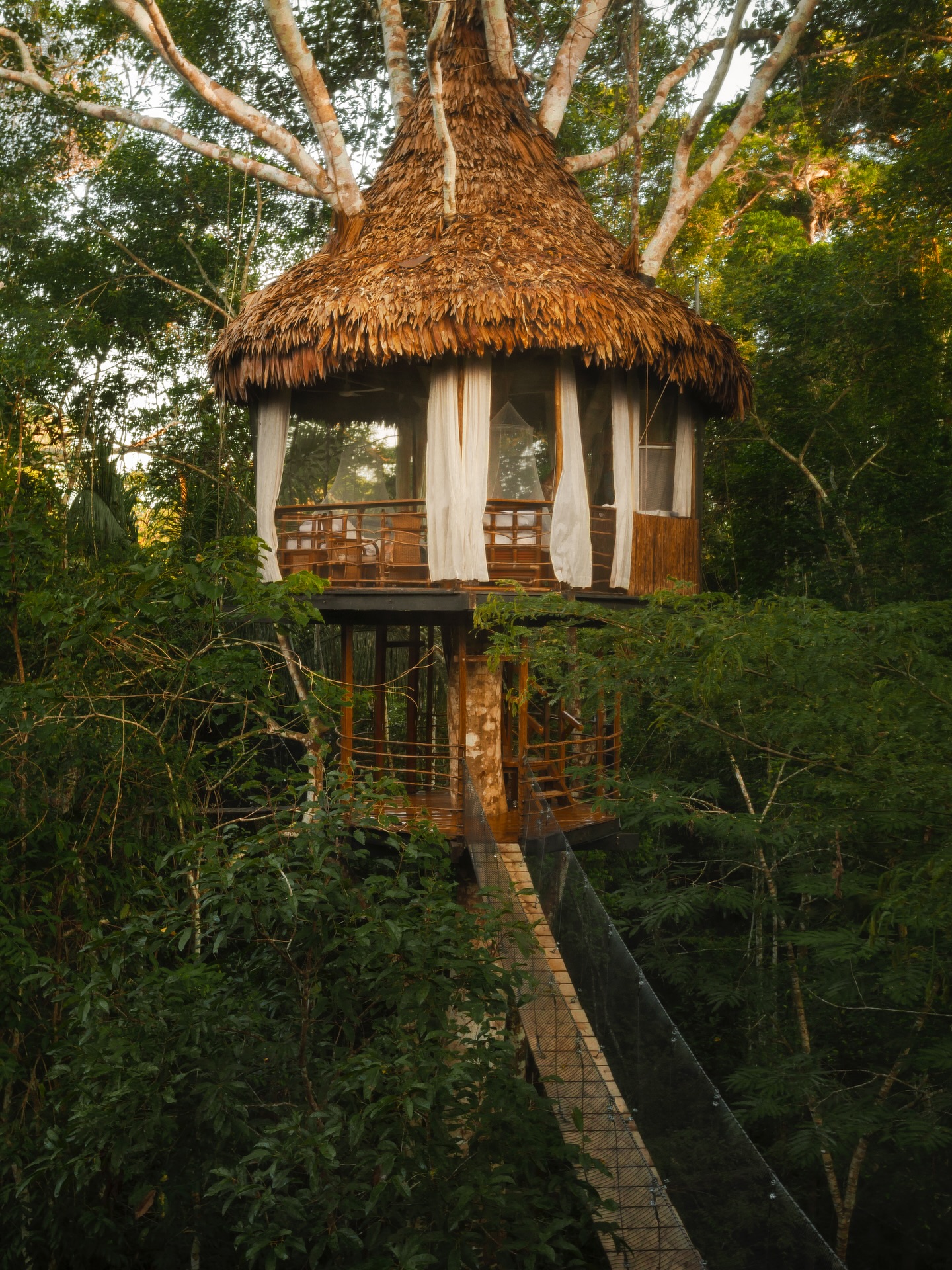The Amazon Rainforest is one of the most biodiverse and ecologically important regions on the planet. Covering an area of over 6 million square kilometers, it is the world's largest tropical rainforest and plays a crucial role in regulating the Earth's climate and biodiversity. In this article, we'll explore 9 fascinating facts about the Amazon Rainforest that you probably didn't know. From its incredible size and biodiversity to its importance for indigenous cultures and the global environment, the Amazon Rainforest is a truly awe-inspiring natural wonder.
So, let's dive in and discover some of the amazing secrets of this magnificent rainforest!
1. The Amazon Rainforest is the world's largest tropical rainforest
The Amazon Rainforest is located in South America, stretching across nine countries including Brazil, Peru, Colombia, and Venezuela. Covering an area of approximately 6.7 million square kilometers, it's the largest tropical rainforest in the world, accounting for more than half of the remaining rainforests on Earth.
The sheer size of the Amazon Rainforest is impressive, but what's even more remarkable is its incredible biodiversity.
The rainforest is home to millions of species of plants and animals, many of which can't be found anywhere else on the planet. For example, it's estimated that the Amazon Rainforest contains more than 40,000 plant species, 3,000 freshwater fish species, and 370 types of reptiles.
The Amazon Rainforest also has many unique features that make it unlike any other ecosystem on Earth. For instance, it's home to the largest river system in the world, the Amazon River, which stretches over 6,400 kilometers and is a vital source of water for the rainforest and the people who live there. The rainforest is also known for its diverse range of landscapes, from dense forests to open savannas, and for its incredible wealth of natural resources, including timber, fruits, and medicinal plants.
Despite its importance and unique features, the Amazon Rainforest faces many threats, including deforestation, climate change, and illegal hunting and fishing. By learning about and appreciating the incredible diversity and value of the rainforest, we can better understand the importance of preserving this incredible ecosystem for future generations.
2. The Amazon Rainforest produces 20% of the world's oxygen
.avif)
It's a commonly held belief that the Amazon Rainforest is the "lungs of the Earth", producing vast amounts of oxygen and absorbing carbon dioxide. While this isn't entirely accurate (the oxygen produced by the rainforest is mostly consumed by the organisms living within it), the Amazon Rainforest is still a critical player in the Earth's oxygen cycle.
Through a process known as photosynthesis, plants produce oxygen as a byproduct of converting carbon dioxide and sunlight into energy. The Amazon Rainforest, with its millions of acres of trees and other plants, is one of the largest producers of oxygen on the planet, generating an estimated 20% of the world's oxygen.
But the rainforest's role in the Earth's oxygen cycle is just one part of its overall importance. The Amazon Rainforest also helps to regulate the Earth's climate, storing vast amounts of carbon in its trees and soil. Deforestation and other forms of human activity in the Amazon Rainforest release carbon into the atmosphere, contributing to climate change.
Preserving the Amazon Rainforest isn't just important for the health of the rainforest itself, but for the health of our entire planet. By protecting this critical ecosystem, we can help to ensure a stable climate and a healthy future for all life on Earth.
3. The Amazon Rainforest is home to countless species of flora and fauna
.avif)
The Amazon Rainforest is one of the most biodiverse regions on the planet, home to an estimated 10% of the world's species. The vast rainforest contains an incredible variety of ecosystems, from the dense canopy layer to the forest floor, providing habitats for an array of flora and fauna.
In fact, the Amazon Rainforest is home to a staggering number of species, including over 40,000 plant species, 1,300 bird species, and 2.5 million insect species. Some of the most fascinating and unique species found in the rainforest include:
- Pink river dolphins: Found only in the Amazon and Orinoco River basins, these freshwater dolphins are one of the few species of dolphins that can live in freshwater environments.
- Harpy eagles: One of the largest and most powerful eagles in the world, these birds of prey can be found soaring over the canopy layer of the rainforest.
- Jaguar: The largest cat species found in the Americas, jaguars are apex predators that hunt in the rainforest's dense underbrush.
- Poison dart frogs: These small, brightly colored frogs are known for their toxic skin secretions, which can be used to create poison-tipped darts by indigenous peoples of the Amazon.
- Giant otters: These playful and social creatures can grow up to six feet long and are found in the rivers and lakes of the Amazon Rainforest.
The Amazon Rainforest's biodiversity is not only fascinating and awe-inspiring but also vital for the health of the rainforest ecosystem and the planet as a whole. The complex web of interdependent species found in the rainforest helps to regulate the climate and support life on Earth. However, human activity such as deforestation and climate change threaten to disrupt this delicate balance and put countless species at risk of extinction.
4. The Amazon Rainforest is also home to many indigenous tribes
.avif)
The Amazon Rainforest is not just a collection of flora and fauna, but it is also home to many indigenous tribes that have lived in harmony with the environment for centuries. These tribes are an integral part of the Amazon Rainforest ecosystem, and their culture and traditions are worth exploring.
The indigenous tribes of the Amazon Rainforest have a unique culture and way of life that is closely tied to the rainforest. They have a deep understanding of the rainforest's resources and have been able to utilize them sustainably for their livelihoods. Many of these communities still practice traditional hunting, fishing, and gathering, relying on the rainforest's resources for their survival.
One fascinating aspect of these communities is their use of medicinal plants. They have developed a vast knowledge of the rainforest's flora and fauna and have been able to identify plants that have medicinal properties. Many modern medicines have been developed based on the knowledge of indigenous tribes, and their traditional healing practices are still widely used in the Amazon today.
However, indigenous communities in the Amazon face many challenges, including deforestation, mining, and other activities that threaten their way of life and their very existence. It is crucial to protect their rights and support sustainable development practices that enable them to thrive in their natural environment.
Some tribes have developed sustainable methods of using the rainforest's resources without damaging the environment, such as the Yanomami tribe's "slash-and-char" agriculture technique. Indigenous communities in the Amazon also have a rich culture and traditions that are closely tied to the rainforest, and many tribes see themselves as guardians of the rainforest, with spiritual beliefs that involve the natural world.
Despite the challenges they face, many indigenous communities in the Amazon are working to protect their culture and traditions and preserve the Amazon Rainforest for future generations. It is essential to recognize their invaluable knowledge and expertise in sustainable resource management and support their efforts to protect their traditional lands and resources.
5. The Amazon Rainforest is under threat from deforestation

The Amazon Rainforest is currently facing a severe crisis due to deforestation, which is the process of clearing forests for commercial or agricultural purposes. This practice has a devastating impact on the environment and the people who depend on it.
According to the World Wildlife Fund (WWF), an area equivalent to 30 football fields is lost every minute in the Amazon due to deforestation. This destruction is driven by industries such as agriculture, logging, and mining, which are motivated by profits rather than sustainability.
Deforestation not only destroys the habitat of countless species of plants and animals, but it also has a significant impact on the indigenous communities that depend on the forest for their livelihoods. The loss of forests also contributes to climate change by releasing large amounts of carbon into the atmosphere, as trees are crucial for absorbing carbon dioxide.
It is crucial to protect the Amazon Rainforest and its inhabitants by supporting sustainable practices, such as agroforestry and ecotourism. These practices aim to preserve the forest while also providing economic benefits to the local communities. It is also important for governments to enforce laws and regulations that prevent deforestation and hold corporations accountable for their actions.
In conclusion, the Amazon Rainforest is a vital part of our planet's ecosystem, and it is essential that we take action to protect it. Deforestation not only destroys the environment, but it also harms the communities that depend on it. We must prioritize sustainable practices and hold industries accountable for their impact on the environment to ensure a brighter future for the Amazon and its inhabitants.
6. The Amazon Rainforest is also a source of many important resources

The Amazon Rainforest is not only a biodiverse and unique ecosystem, but also a valuable source of resources for human communities. The vast rainforest contains a plethora of plant and animal species that have been used for medicinal purposes for centuries. It is estimated that about 25% of modern medicine comes from rainforest plants, including treatments for cancer, malaria, and arthritis.
In addition to medicinal plants, the Amazon Rainforest is also a significant source of rubber. Rubber trees, originally from the Amazon, produce latex, which can be harvested and processed into a wide variety of products, such as tires, hoses, and gloves. The rubber trade has had a major impact on the development of the Amazon region, particularly in Brazil, where it was a major economic driver during the late 19th and early 20th centuries.
However, the exploitation of the Amazon's resources has come at a cost. Irresponsible and unsustainable logging, mining, and agriculture practices have led to widespread deforestation, pollution, and loss of biodiversity. It is crucial that the use of the Amazon's resources is done in a responsible and sustainable manner to ensure the long-term health of the rainforest and its inhabitants.
Sustainable practices include selective logging, agroforestry, and the promotion of non-timber forest products. These practices support the livelihoods of local communities while also preserving the Amazon Rainforest's unique biodiversity. It is essential that governments, businesses, and consumers prioritize sustainable resource use and take action to protect the Amazon Rainforest for future generations.
7. The Amazon River is the lifeblood of the rainforest

The Amazon River provides water and nutrients to the flora and fauna that make up the ecosystem. The river is the largest in the world by volume, with a discharge greater than the next seven largest rivers combined. It spans over 6,400 km, flowing through Brazil, Peru, Colombia, and several other countries in South America.
The Amazon River and its tributaries are home to thousands of species of fish, including the piranha and the giant arapaima. It is also an important resource for human communities that depend on fishing and transportation along the river. The river is used for a variety of purposes, from commercial shipping to recreational activities such as boating and fishing.
Despite its importance, the Amazon River is also facing threats from pollution and deforestation. Agricultural runoff and waste from cities and towns along the river can pollute the water and harm the animals and plants that rely on it. Deforestation along the river's banks can also lead to erosion and siltation, which can affect water quality and wildlife habitats.
Preserving the Amazon River and its surrounding ecosystem is essential for the long-term health of the rainforest and the people and animals that depend on it. Efforts to reduce pollution and regulate deforestation can help protect this important resource for generations to come.
8. The Amazon Rainforest has a unique climate and weather patterns

The Amazon Rainforest has a tropical climate, which is characterized by high temperatures and humidity throughout the year. The region experiences two main seasons:
- The wet season typically runs from December to May, and during this time, the region receives large amounts of rainfall.
- The dry season, on the other hand, runs from June to November, and the region experiences much less rainfall.
The rainforest's weather patterns play a crucial role in the rainforest's ecosystem. During the wet season, the rainforest's rivers and streams rise, causing flooding in some areas. This flooding helps to replenish the nutrients in the soil and allows new vegetation to grow. In contrast, the dry season can be a difficult time for the animals and plants living in the rainforest, as they must adapt to the reduced water availability.
Climate change is a major threat to the Amazon Rainforest, as rising temperatures and changes in rainfall patterns can have a significant impact on the region's ecosystem. Deforestation also exacerbates the effects of climate change by reducing the rainforest's ability to absorb carbon dioxide, a greenhouse gas that contributes to global warming. It is important to take action to protect the Amazon Rainforest and reduce the impact of climate change on this unique ecosystem.
9. The Amazon Rainforest is an important part of many cultures and religions

The Amazon Rainforest is not only important for its ecological, economic, and scientific values but also for its cultural and spiritual significance for many people. The rainforest is home to numerous indigenous communities that have lived in harmony with the environment for centuries. For these communities, the rainforest is not just a source of livelihood but also a cultural identity and a spiritual connection to their ancestors and the natural world.
In addition to indigenous cultures, the Amazon Rainforest has been an important part of many other cultures and religions throughout history. For example, the ancient Incas, who lived in the Andes Mountains, considered the rainforest to be a sacred place and believed it to be the dwelling place of their gods. The Mayans of Central America also held the rainforest in high regard and incorporated it into their mythology and religion.
Today, the Amazon Rainforest continues to play an important role in many cultural and religious practices. For example, the Santo Daime religion, which originated in Brazil, uses the ayahuasca plant found in the rainforest as a sacrament in their spiritual ceremonies. Similarly, many indigenous communities in the Amazon use traditional medicines made from rainforest plants in their healing practices.
The cultural and spiritual significance of the Amazon Rainforest highlights the importance of preserving this unique ecosystem. By protecting the rainforest, we not only safeguard its ecological and economic values but also respect the cultural and spiritual heritage of the people who have called it home for generations.
To conclude
In conclusion, the Amazon Rainforest is an incredibly important and fascinating ecosystem, filled with unique flora and fauna, indigenous communities, and vital resources.
Through the 9 facts presented, we have learned about the rainforest's immense size and importance, its role in producing oxygen, and the urgent need to protect it from deforestation and climate change.
We have also explored the rich cultural and spiritual significance of the Amazon Rainforest for many people and the crucial importance of responsible and sustainable use of its resources.
It is clear that the Amazon Rainforest plays a vital role not only in the health of our planet but also in the cultural and spiritual lives of many. As we continue to learn about and appreciate the Amazon Rainforest, we must also work to protect it and ensure that it remains a vital and thriving ecosystem for generations to come.



.avif)



.avif)














